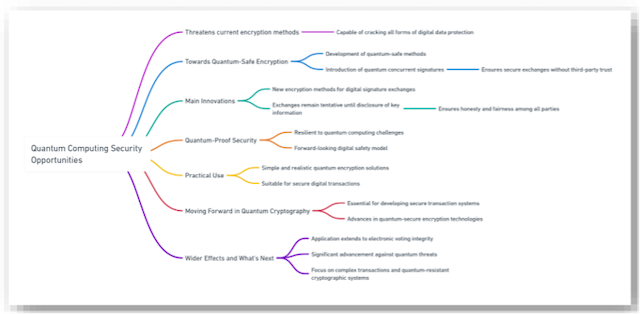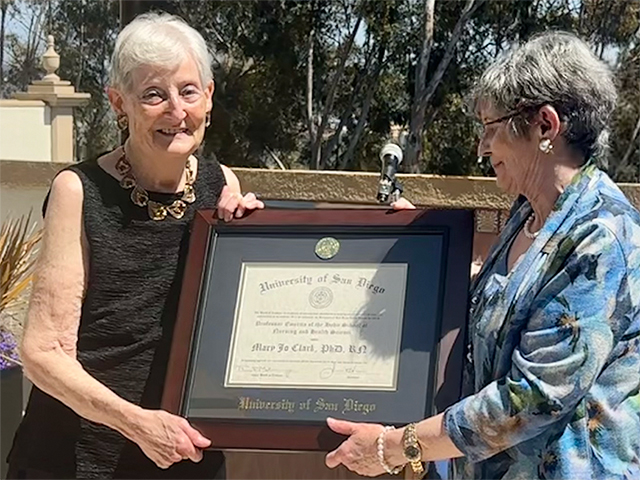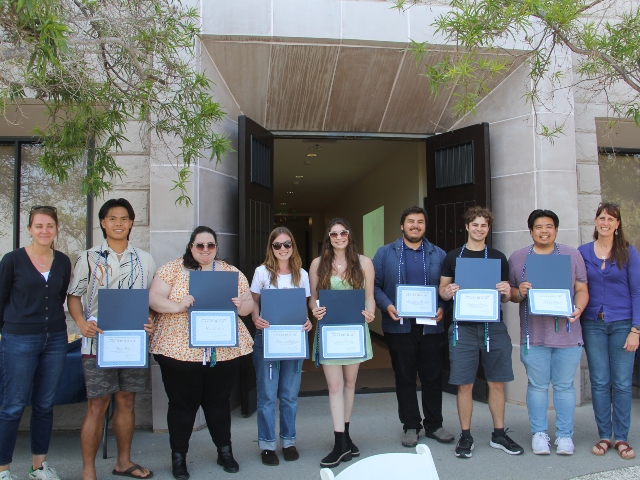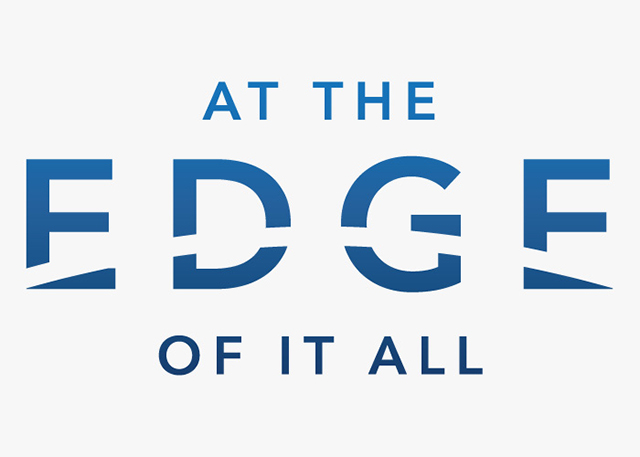Post-Quantum Cryptography

By Abdullah Alomari – Haitham Alghamdi
Introduction
Technological advancement, though, has led to the rapid development and transformation of our lives. It does bring about significant challenges specifically related to security that increase the overall threat. One of these technologies that is said to pose a critical challenge for the future is quantum computing, which provides hackers with a lot of processing power that would allow them to decrypt messages, hack bank accounts, transfer money at will, and spy on corporate networks which would all have a negative impact on trust in digital platforms [1], [2]. Thus, there is a need to ensure safety and security, and the tool that is used for securing communication and data is cryptography, which makes use of codes or algorithms that ensure that only those who have the right key to decrypt the message have access to the final message and this ensures unwanted access [3], [4].
The approach's importance is its advantages, like data integrity achieved through confirming that the data has not been altered in the process, which is crucial if trust is to be maintained. It also develops a mechanism that prevents an entity from denying the authenticity of its messages or documents and provides a secure channel for communication. Considering the complexity and advancement quantum technology provides to possible threat actors, cryptography also needs to evolve to meet these threats, and post-quantum cryptography is an algorithm that is designed in a way to secure the system against any quantum computer-based attack [1]. We first look at how quantum computing works before looking at the workings and capabilities of post-quantum cryptography.
Contact:
School of Engineering
usdengr@sandiego.edu
(619) 260-4627



